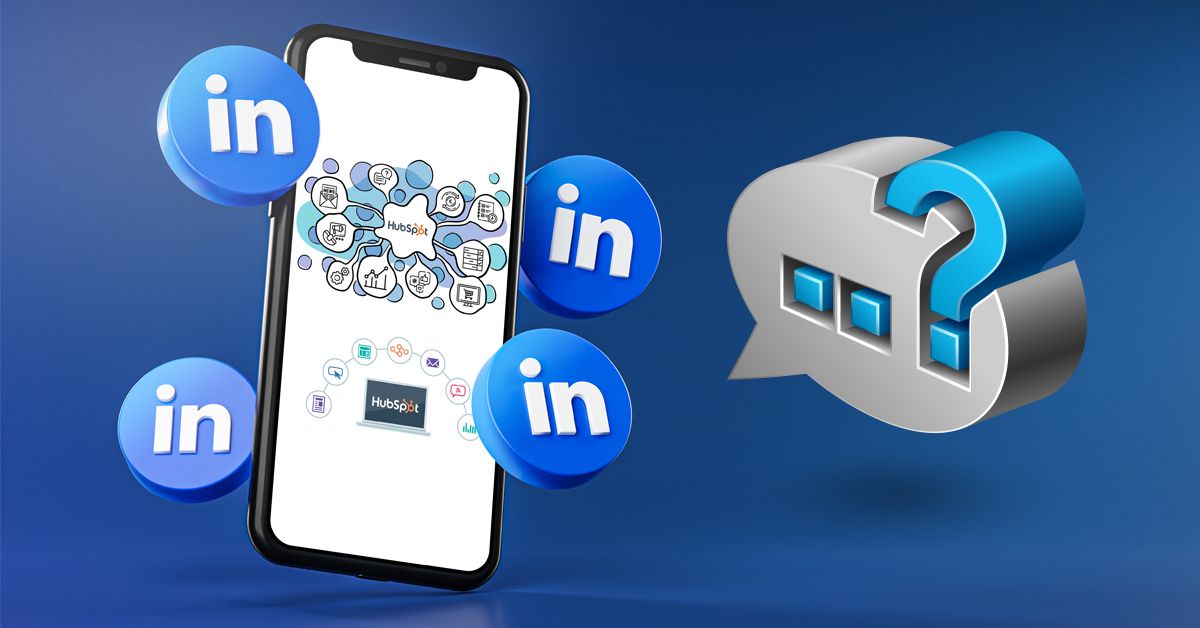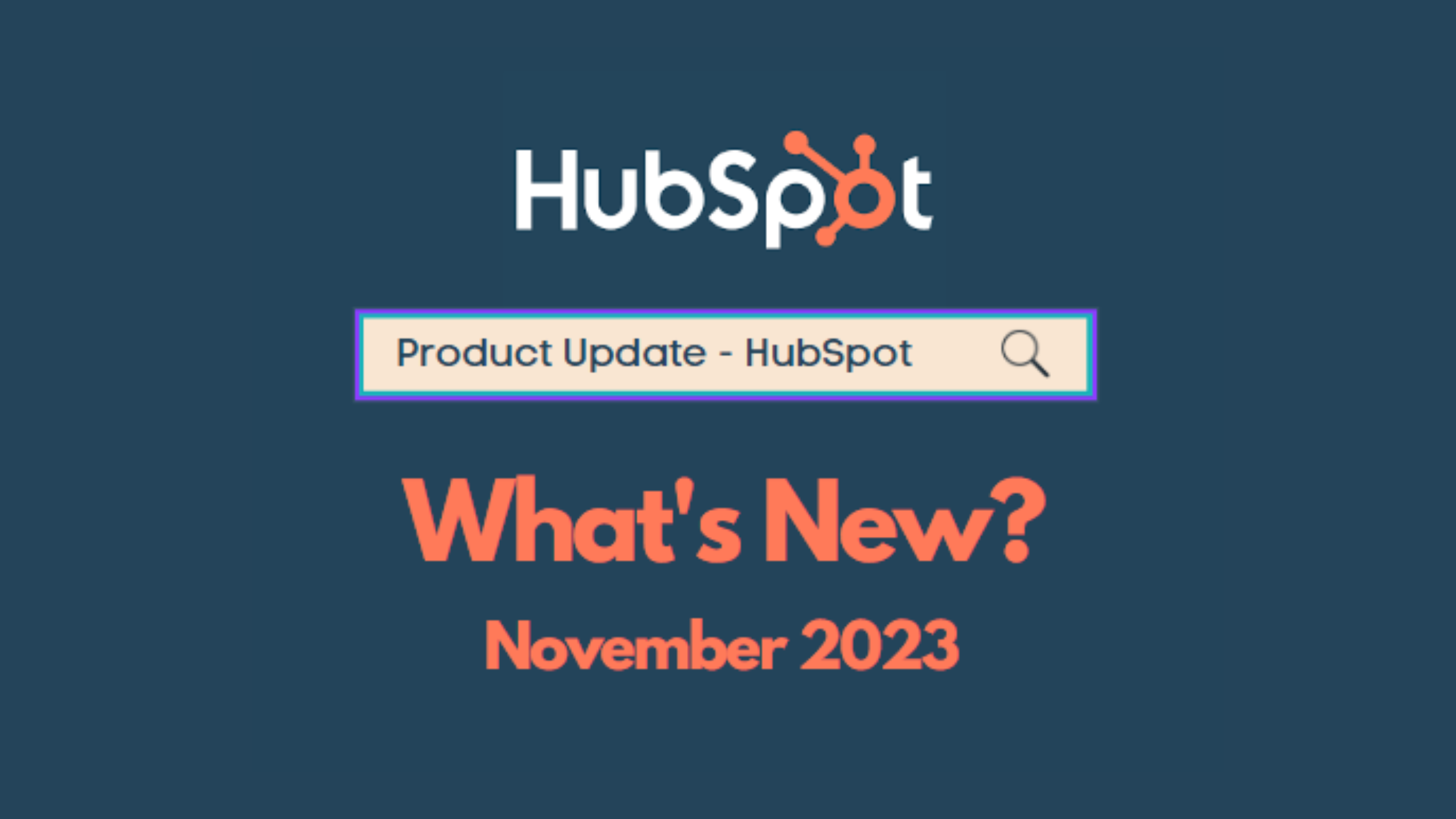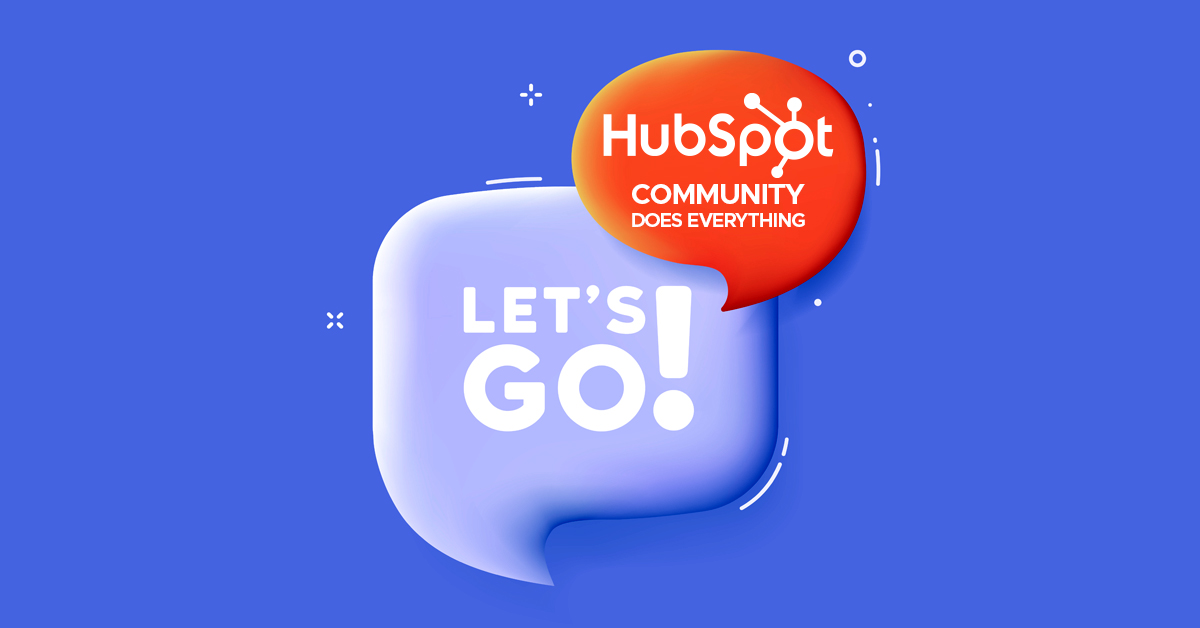How to leverage LinkedIn from HubSpot
December 8, 2021

You probably receive an email every other day about buying databases of CEOs, high-net-worth individuals or other target groups. It promises thousands of ‘confirmed’ and ‘accurate’ names and addresses at extremely low cost.
Now, if something looks too good to be true, it is. Good information is expensive and no one is handing it out for free, or nearly free.
Finding the right prospects is one problem. But the hardest thing to get right is knowing when they are ready to buy. And that state of mind is difficult to determine in a regular sales call, leave alone from seeing names and email addresses.
The toughest aspect of conversion is closing the deal. That’s why it is important to keep in touch over the journey and move things forward.
Refine your targeting on LinkedIn
HubSpot CRM helps you dive deep into LinkedIn for better prospecting. Recommended Leads shows you connections from your existing customers you can get in touch with. News related to organisations lets you track product launches to new hires to internal changes. You can also track connections who have links to the companies you want to contact and ask for introductions.
Getting a personal introduction starts things off much better rather than any cold call. The reputation of the person who makes the introduction plays a role as well and that is half the battle won, instead of having to go through several stages.
Accurate names, designations and email addresses are only the first steps in finding out when people are ready to buy
Then, everything depends on how you play your cards – and that’s where some of the real work should happen. There’s a whole structure to composing early emails that people tend to rush through. And that runs into resistance from people who don’t want to engage right away. Breaking that wall is a bigger problem than going slow.
If the person is active on LinkedIn, engaging and commenting on posts is a good way to get noticed and build credibility. The comments also should be well considered and add value, instead of empty praise. That’s another giveaway. Start off a good, thoughtful exchange and people are a lot more willing to talk business when they see that their interests are aligned.
HubSpot can pull in information from LinkedIn Sales Navigator directly – but you need to be subscribed to it, of course. Then, identifying the contacts as well as the kind of companies you want to target becomes much easier.
Make relevant pitches, not blind ones
Even expensive databases that give accurate information are missing several aspects that help outreach. What every Sales and Marketing person is looking to get is what decision makers are thinking – and that’s not part of any data set!
HubSpot allows better preparation, finding valuable and current company information and targeting the right people to talk to
It only comes through dialogue. When a company decides to make a major investment in business expansion, digital transformation or enhancing manufacturing capacity, the top management begins engagement with vendors of those services
The evaluation phase is where the action happens. And being part of the shortlist comes from the prep work done earlier. On LinkedIn, some of the plans for the company can come through when a close watch on company announcements is being made. At that point, helping people within goes a long way in managing conversions.
The Managing Director of Saregama has posted quite extensively on LinkedIn about the product portfolio and how they plan to expand their product base. Working backwards from there gives vendors a good springboard to make a considered approach to help the company execute. Unlike an HR requirement for people, other enquiries begin to circulate from within the close circles. That’s when Sales can tap into their network and go in with the best they have to offer.

What to keep an eye on
Profile views, work both ways in gauging interest. Filters help to dig deep. In Mail helps to reach people who may not be within your network. The other thing to keep an eye on is announcements and press releases as well as people movements. Those are the best triggers to switch gears.
Those are the clues that offer a view into what the company’s plans are. Referencing that in emails helps to build a connect. People are happy to speak when they have a requirement to be filled. At any other time, granting an appointment or watching a demo is not a priority.
Sales Insights allows you to get a better sense of opportunity size with not only access to the data, but a way to filter down to the exact profiles of companies that you care about. You can define your target buyers and users right down to the department level or job title, or filter on industry, growth, overall headcount, and more.
LinkedIn Sales Insights lets you import custom lists of accounts through CSVs. You can also sync your CRM and import your accounts that way. Once you've compiled existing data you'd like to pore through, or synced up your CRM, you can transfer it onto LinkedIn Sales Insights for more pointed, thoughtful analysis.
And it’s easy to then take all of the account and market data within Sales Insights out of the platform to wherever you need, via a CSV download or pushed to your CRM.
You still need to reach out and communicate on a regular basis. But if you have done the homework right, the chances of engagement rise exponentially.
Talk to us about how you can go deep into LinkedIn with HubSpot for managing marketing and sales approaches. Our consultants will be happy to help.

Venu Gopal Nair
Advertising and Branding Specialist, CEO - Ideascape Communications, A professional journey through the tumultuous years of advertising and communication, starting in 1984. Started out in the age of print, saw the changes with the entry of satellite TV and the momentous transition to digital. Advertising and branding today is vastly different from its practices in the 20th century and the last two decades have seen dramatic changes with smartphone domination. As a Creative Director turned CEO, making the transition personally and professionally has been a tremendous experience.
Related Articles

August 10, 2021

December 8, 2023



